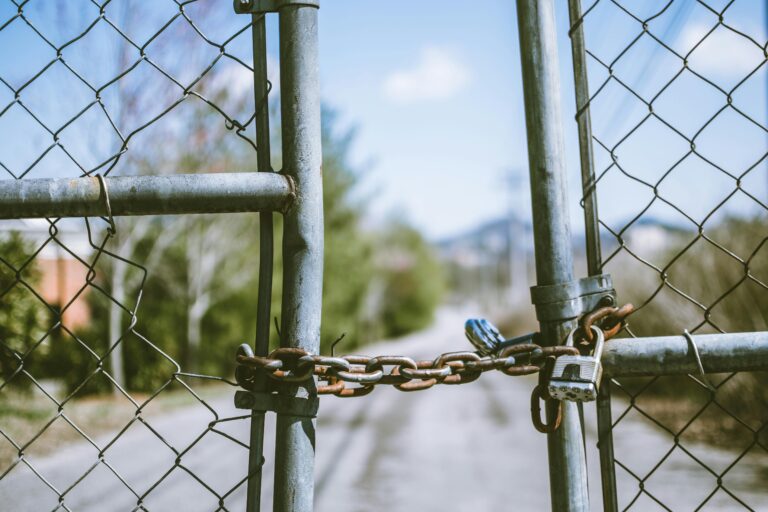When I bought a run-down terraced house in East London, I knew it was going to be a big project. What I didn’t expect was a big tax bill on top. The property had no kitchen, no working bathroom, no heating—nothing that made it livable. To me, it was obviously uninhabitable. To HMRC? Apparently not.
Like many investors, I was hit with the full residential Stamp Duty Land Tax (SDLT). But something didn’t sit right. I started digging into the rules around Stamp Duty on uninhabitable property, and what I found surprised me.
The Rules Are Not as Straightforward as You’d Think
Most people assume SDLT is based on the purchase price and whether it’s your first or second home. That’s only half the story. HMRC actually taxes properties differently depending on whether they’re classed as “residential” or “non-residential”.
The catch? For a property to count as residential, it has to be suitable for use as a dwelling at the time you buy it. Mine wasn’t even close. The place had sat empty for years. There was mould everywhere, the bathroom was ripped out, the kitchen was gutted, and a section of the ceiling had collapsed.
Gathering Proof is Key
I decided to challenge the SDLT charge. But I knew HMRC wasn’t just going to take my word for it.
So before completion, I brought in a chartered surveyor to inspect the property and write a detailed report. He confirmed what I already knew: the place wasn’t fit to live in. I also took loads of photos—close-ups of the damp, the rotted floorboards, and the broken plumbing.
All of this went into my case.
Making the Claim
After I completed the purchase and paid the SDLT (under protest), I submitted a refund request to HMRC.
I included:
· The surveyor’s report
· A short letter explaining why the property wasn’t habitable
· Photos showing the condition
· A request for the property to be treated as non-residential
This bit’s important—when a property isn’t livable, it falls under non-residential SDLT rates. That means a much lower tax bill, especially if it’s your second property.
The Win
It took a few months (and a couple of follow-up emails), but eventually I got a letter back from HMRC. They agreed. The house was uninhabitable, and I was due a refund.
£8,000.
That money went straight into the renovation budget—new boiler, rewire, damp proofing, and a fresh kitchen. A year later, it’s now a stunning rental bringing in steady income. But honestly, the SDLT refund felt like the biggest win.
If You’re an Investor, Here’s What You Should Know
This isn’t a loophole. It’s applying the rules correctly. If you’re buying a wreck of a property, you might not have to pay full Stamp Duty. But you’ve got to do it right.
The term Stamp Duty on uninhabitable property might not sound exciting, but it could save you thousands. Don’t assume the solicitor’s SDLT calculation is the final word. If the place can’t be lived in without major work, challenge it.
Just make sure you’ve got solid evidence—survey reports, photos, and a clear explanation.
I’m not saying every claim will succeed, but if your property truly isn’t habitable, there’s a good chance HMRC will agree. They did for me.
And that one decision? It made a good deal into a brilliant one.

